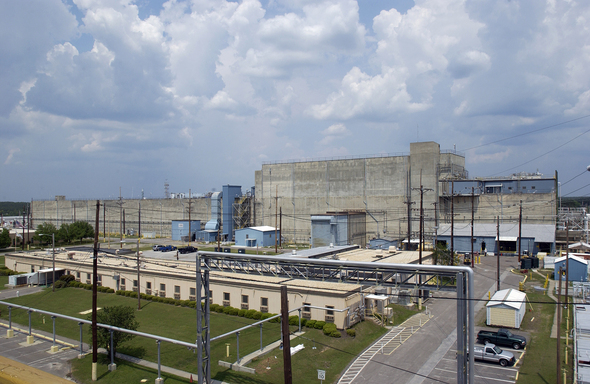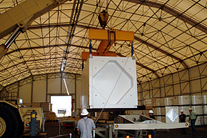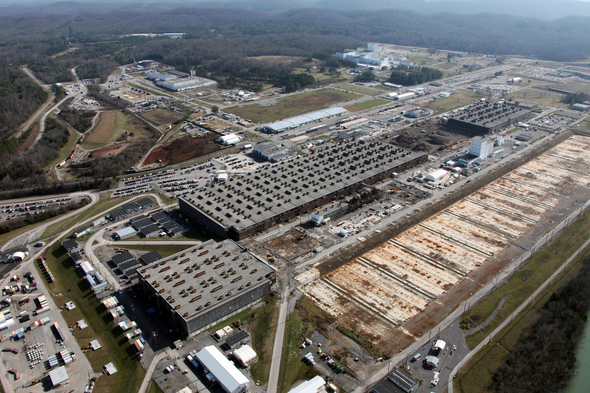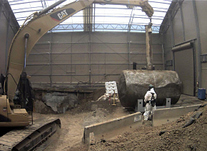Comment Period Extended on Permit Request For West Butte Wind Project
The deadline is being extended for people to comment on a draft Environmental Assessment (EA) of a request from West Butte Wind Power, LLC, for a permit that would allow for the “take” of golden eagles at the company’s proposed wind project in central Oregon, the U.S. Fish and Wildlife Service announced today.Notice of the extension to February 17, 2012, published in today’s Federal Register. The previous deadline was February 2, 2012.
“Take” means to kill, harass or disturb the birds, their nests or their eggs. The Service will consider take permits when commitments are made for conservation measures that benefit eagle populations.
This is the first application the Service has received from a proposed wind project for a take permit under the Bald and Golden Eagle Protection Act (BGEPA). Regulations adopted in 2009 enabled the agency to authorize, for the first time, take of eagles for activities that are otherwise lawful but that result in either disturbance or mortality. Since then, guidelines for issuing the permits to wind projects have been developed. Permits are only issuable under circumstances that ultimately guarantee the conservation of eagle populations.
“The new deadline will give people additional time to submit comments,” said Chris McKay, Assistant Regional Director for Migratory Birds and State Programs in the Service’s Pacific Region. The agency decided to extend the deadline after receiving several requests to do so.
The West Butte permit, if issued, would allow the take of up to three golden eagles over a period of five years as long as the company fulfills its conservation commitments. In cooperation with the Service, the company developed an avian and bat conservation plan and an eagle conservation plan that describe actions that have been taken to initially avoid and minimize and then mitigate for any remaining adverse effects to eagles. If the permit is granted, there must be no net loss to breeding populations of golden eagles. The proposed wind project, consisting of up to 52 turbines about 30 miles east of Bend, is in an area of low use by golden eagles.
West Butte Wind Power’s eagle conservation plan outlines advanced conservation practices and measures to avoid and minimize impacts, assesses risk, makes commitments for mitigating eagle mortalities, and makes commitments for monitoring bird mortality after the project is built. If the permit is granted, these conservation commitments would become conditions of the permit.
The Service would review the permit every five years to ensure the project was complying with the conditions.
The full text of the draft EA can be downloaded at http://www.fws.gov/pacific/migratorybirds/nepa.html.
Comments can be submitted by:
- Email: pacific_birds@fws.gov. Include “DEA for the West Butte Wind Project” in the subject line of the message.
- U.S. Mail: Please address written comments to Michael Green, Acting Chief, Division of Migratory Birds and Habitat Programs, Pacific Region, U.S. Fish and Wildlife Service, 911 NE 11th Ave, Portland, OR 97232. Attn.: DEA for the West Butte Wind Project.
- Fax: Michael Green, Acting Chief, Division of Migratory Birds and Habitat Programs, 503-231-2019, Attn.: DEA for the West Butte Wind Project.
















